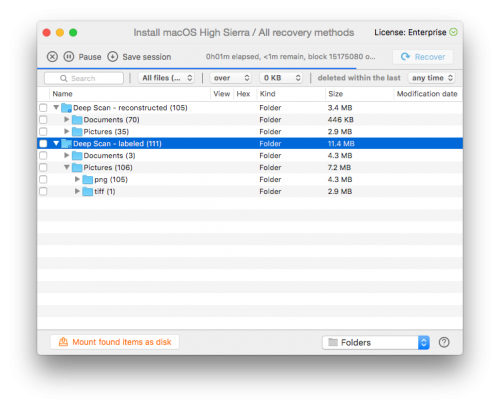

When Apple first added FileVault to Mac OS X in 2003, the feature was clunky it slowed down Macs, and I didn’t recommend using it at the time. In this article, I’ll explain how to encrypt your startup disk with FileVault how to encrypt other disks and how to create encrypted disk images to store files securely in the cloud or send by email and how to encrypt PDF files. (Unbreakable with current computing power it’s possible that future quantum computers will be able to break the robust encryption algorithms that macOS uses.) macOS provides a suite of tools to protect you, and, in this article, I’ll discuss the many ways you can use built-in macOS features to provide unbreakable encryption. The best way to protect your data is to encrypt your files, ensuring that, even if they get into the hands of hackers or cybercriminals, your personal data is safe. Note: APFS Encrypted disks will be described as 'FileVault' whether they are the boot volume or not in the ap list.Software & Apps How to Use Apple’s Built-in Features to Encrypt Files and Folders Solution Use Disk Utility to erase a user disk and format as APFS (Encrypted). Ensure all user volumes are encrypted to protect data. Impact: While FileVault protects the boot volume data may be copied to other attached storage and reduce the protection afforded by FileVault. Rationale: In order to protect user data from loss or tampering volumes carrying data should be encrypted. User disks are labelled with '(No specific role)' by default. 'Role' disks include Preboot, Recovery and VM. All APFS volumes that do not have specific roles that do not require encryption should be encrypted. macOS computers generally have several volumes created as part of APFS formatting including Preboot, Recovery and Virtual Memory (VM) as well as traditional user disks.

The file system is optimized for Flash and Solid State storage and encryption. Information Apple developed a new file system that was first made available in 10.12 and then became the default in 10.13.


 0 kommentar(er)
0 kommentar(er)
